8 Reasons Why Your Orchids Won’t Bloom and How to Fix Them: Orchids are known for having beautiful flowers that last a long time, but they can be very stubborn about flowering. Do not give up if your orchids refuse to bloom.
8 Reasons Why Your Orchids Won’t Bloom and How to Fix Them
You can get your plants to produce those desired flowers by getting to the bottom of the reasons and figuring out how to fix them. Orchids might not bloom for eight common reasons. Read on to learn how to fix them.
1. Insufficient Light
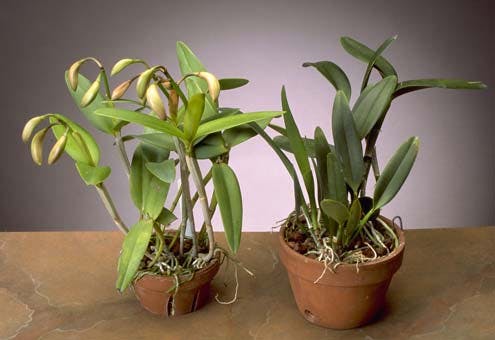
Reason: The reason is that orchids need enough light to bloom. One main reason flowers aren’t growing is that there isn’t enough light.
Solution: Make sure that enough light reaches your orchid. Put it near a window that gets bright, cross-rayed light. Windows that face south or east are usually the best. If there isn’t enough natural light, you might want to use a grow light made for orchids. Remember that the leaves can get burned if they get too much direct sunlight, so make the necessary changes.
2. Incorrect Watering

Reason: Orchids can be stressed out and not bloom if they get too much or too little water.
Solution: Give your orchid the amount of water it needs. Most orchids like it when they don’t get too wet in between waterings. Check to see how wet the potting medium is with your finger. Make sure to water the plant well and let the water drain out of the pot’s bottom. Do not let the roots sit in water.
3. Improper Temperature
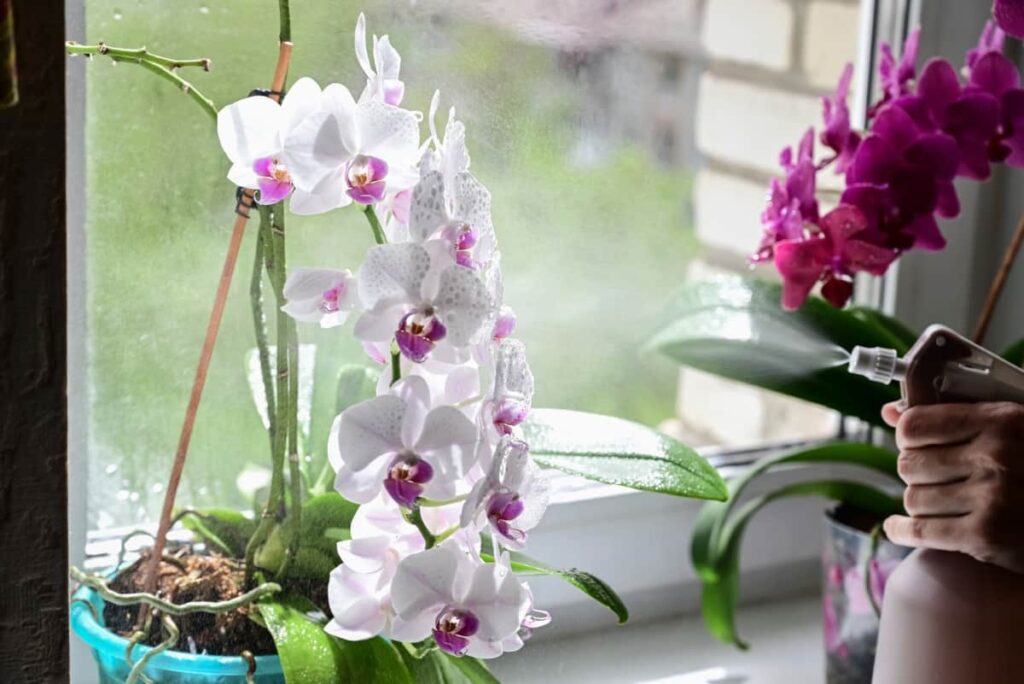
Reason: The reason is that orchids need certain temperature ranges to start blooming cycles.
Solution: Make sure the temperature stays in a range that is good for your type of orchid. Orchids usually do best when the temperature during the day is between 70°F and 80°F (21°C and 27°C) and when it is cooler at night, between 60°F and 70°F (15°C to 21°C). Phalaenopsis and other orchids need the temperature to drop at night in order to bloom. Make sure there is a clear difference in temperature between day and night for your orchid.
Also See:
Planting Orchids: How to Repot an Orchid Plant
4. Lack of Humidity
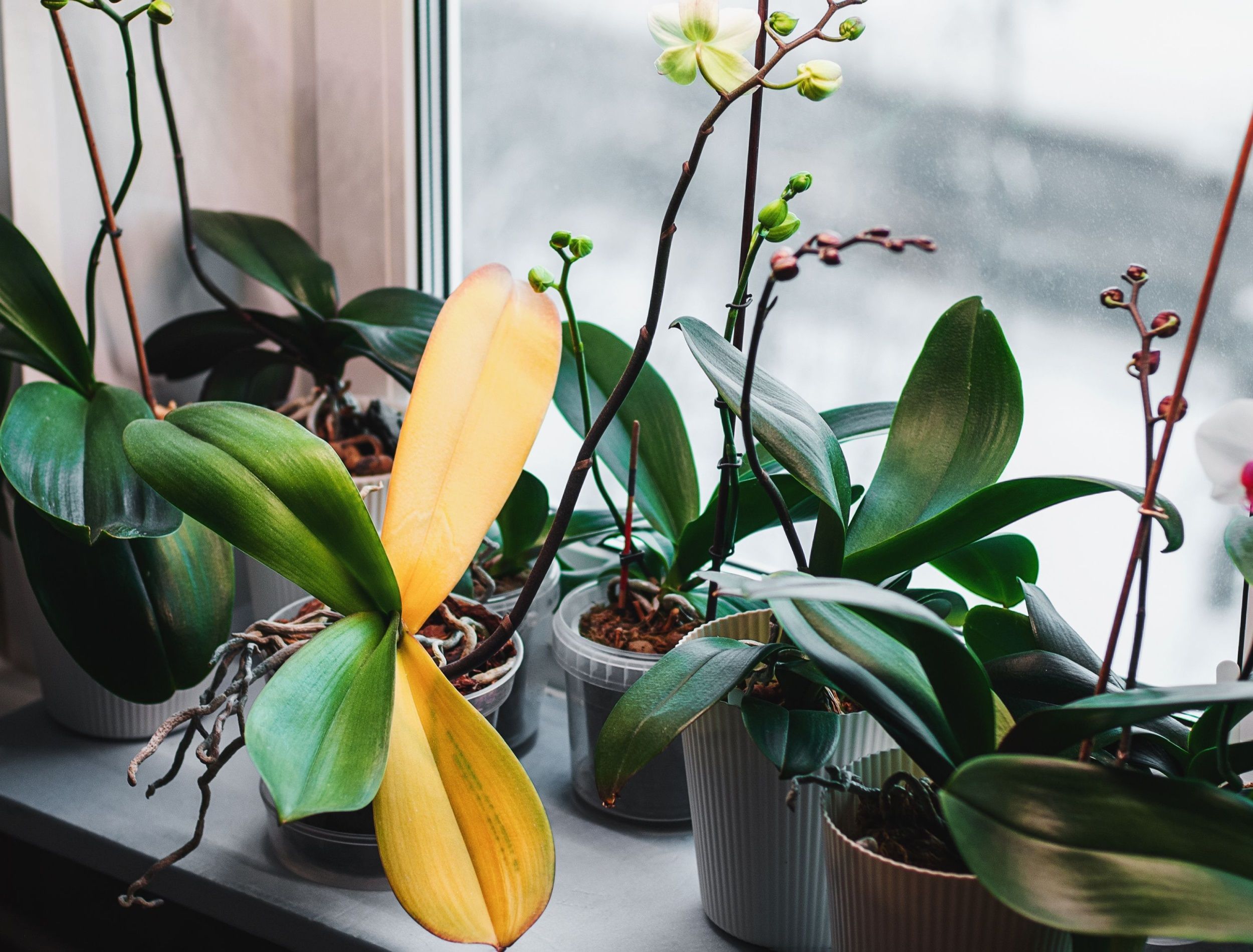
Reason: Orchids are tropical plants that do best in places with a lot of humidity.
Solution: Make the air around your orchid more humid. You want the humidity to be between 50 and 70%. You can do this by putting a humidifier nearby, putting your orchid on a tray with water and pebbles for humidity, or misting the plant often. Make sure there is enough air flow to stop mold and rot.
5. Nutrient Deficiency

Reason: The reason is that orchids need the right food to bloom.
Solution: To get your orchid to bloom more often, feed it a balanced orchid fertilizer that is usually high in phosphorus. “Weakly, weekly” means to water down the fertilizer to half or quarter strength and use it only once a week. Fertilize every other week during the growing season and less often when the plants are not growing.
6. Old Potting Medium
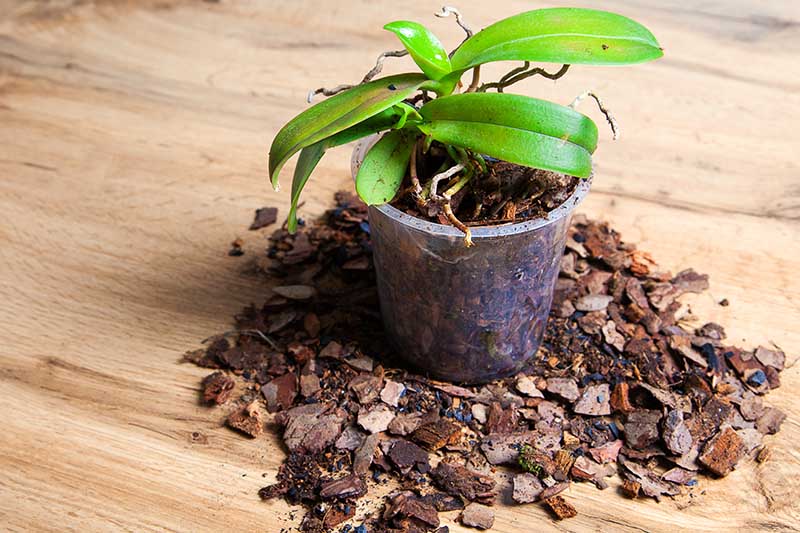
Reason: Because potting medium breaks down over time, which makes it harder for plants to get air and nutrients.
Solution: You should repot your orchid every year or two, or when the soil in the pot starts to break down. Fresh medium makes sure that the soil drains and breathes well, which helps roots grow and flowers bloom. Use potting mix made just for orchids. This is usually a mix of bark, perlite, and sphagnum moss.
7. Pests and Diseases

Reason: Pests like spider mites and aphids, as well as diseases like root rot, can make orchids stressed, which stops them from blooming.
Solution: Check your orchid often for signs of disease or pests. Use the right insecticides or fungicides to get rid of infestations right away. Make sure you’re taking good care of your plants by making sure they get enough air flow, watering them correctly, and keeping them clean to avoid these problems.
8. Lack of Rest Period
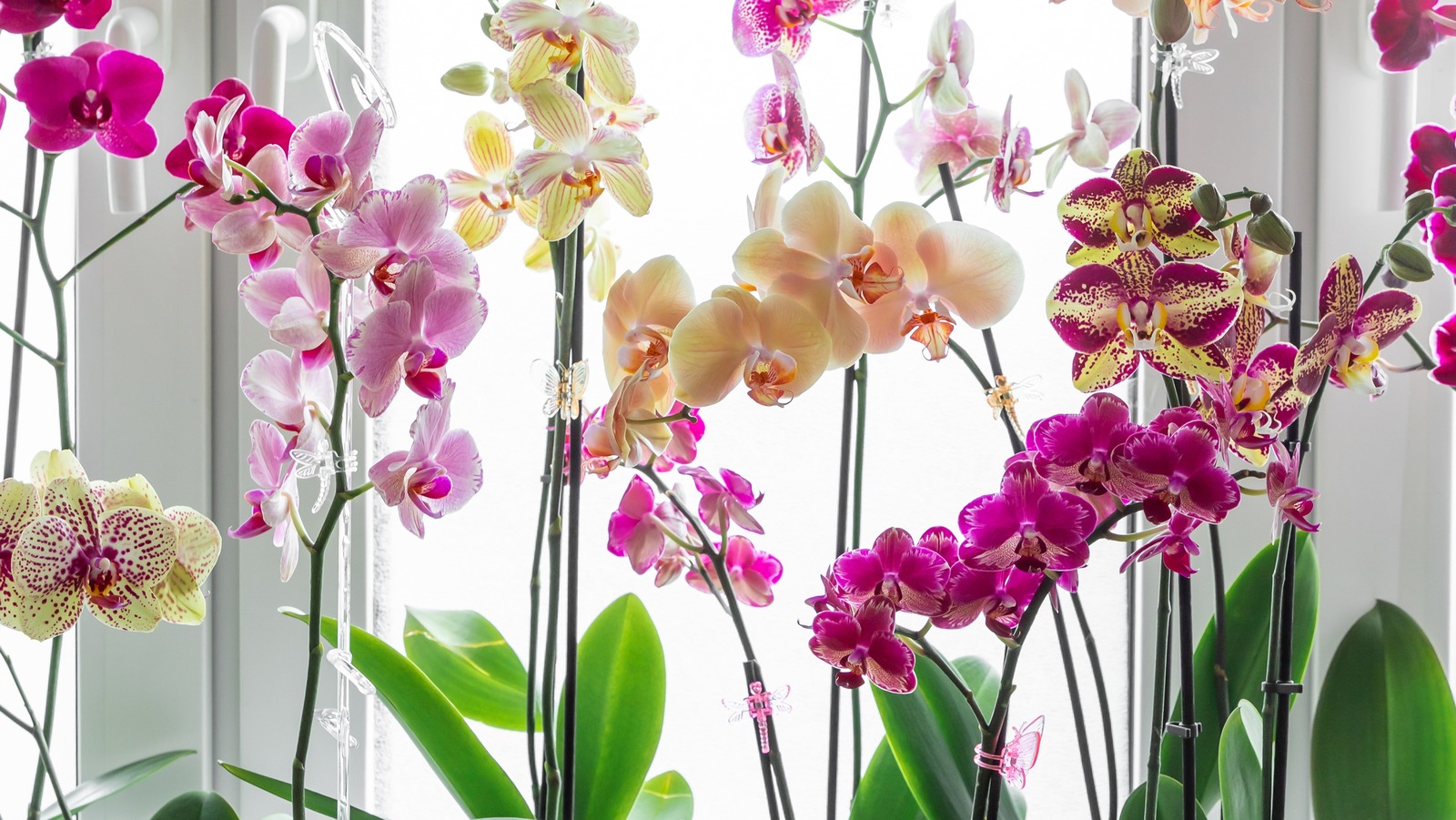
Reason: Because some orchids need time to rest before they can bloom. They need less watering and cooler temperatures at this time.
Solution: Find out what your orchid needs. A lot of orchids, like Dendrobiums and some Cattleyas, need time to rest after they bloom. Less watering and cooler temperatures should be kept up during this time to help the next blooming cycle happen. By making conditions like those in their natural habitat, you can get them to bloom.
Conclusion
To get beautiful orchid blooms, you need to know what your plant needs and give it what it wants. You can make an environment where your orchid will grow and bloom by taking care of these common problems: light, water, temperature, humidity, food, potting medium, pests, and rest times. It’s important to be patient and give good care.
If you take the right care of your orchids, they will give you beautiful flowers that will change the look of your space. Keep in mind that different types of orchids may have different needs, so always do your research and make sure your care routine fits your plant. Have fun growing!















